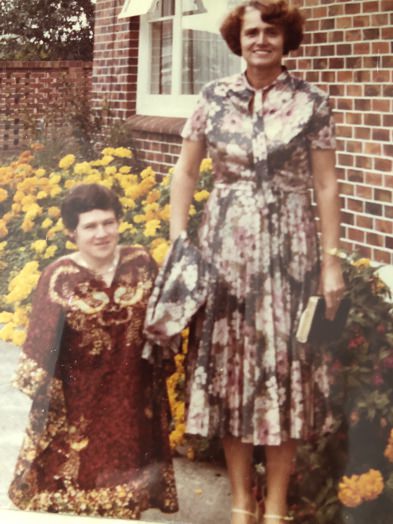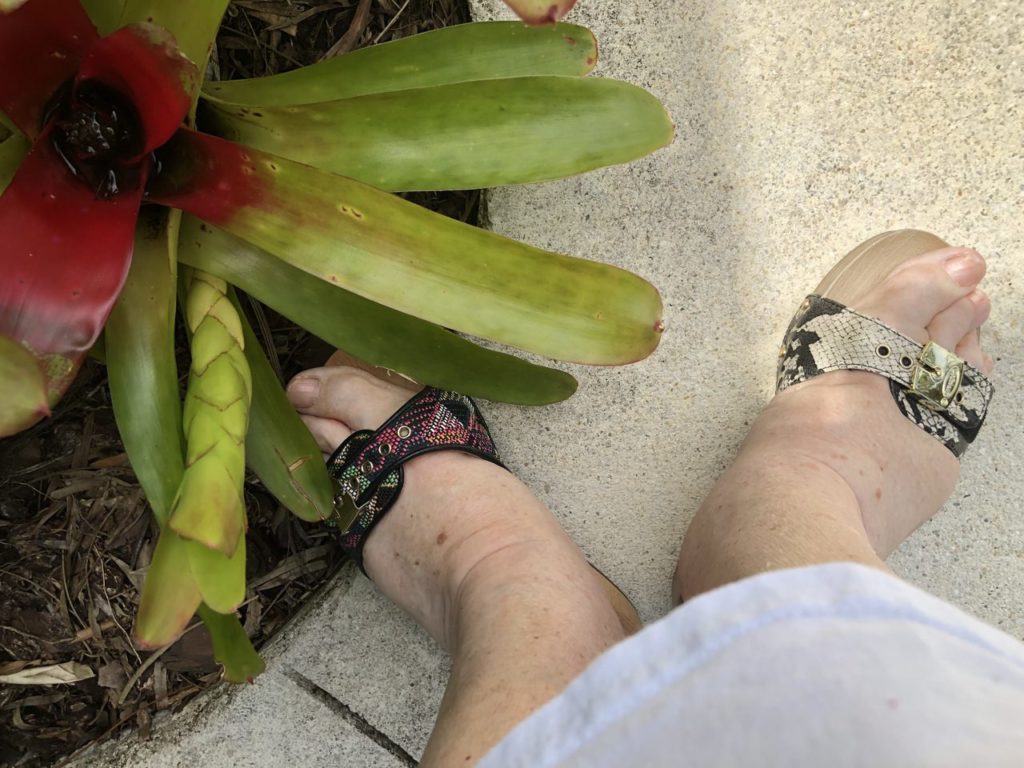Guest post by Rev. Dr. Michael Woolf
Senior Minister, Lake Street Church of Evanston, Illinois
Over a decade ago, when I spent a summer teaching English in China, we took care to explain to students that when someone asks the question, “how are you?” the expected response was “good” or “OK,” regardless of whether those things were true. The truth—that someone is not really asking how you are—is both obvious and unstated to native English speakers, but left me with a profound awareness of how little space there is to respond “actually, I’m not OK.” As we mark Mental Health Awareness Month this May, churches have to make spaces where saying that phrase is accepted.
Want to subscribe to receive blog updates sign up today!
By all accounts the pandemic has had a profoundly negative impact on the nation’s mental health, and in the first year of the pandemic instances of anxiety or depression increased by 25% globally. What you might find surprising is that over 50 million adults, or nearly one in five Americans, struggle with their mental health. The situation is growing more dire for children especially, as we come to grips with the ways that COVID-19 has affected our society.
National Mental Health Awareness Month is an opportunity for communities of faith to take stock of how mental health is talked about within the community. Do clergy preach about mental health and affirm psychological and psychiatric care? Are congregants referred to mental health resources? Are there places where people can relate to other members of the faith community in a vulnerable way, process their emotions, and build community? The ways that a congregation answers these questions might give some insight into how far we need to go to create spaces that are affirming and safe for those struggling with their mental health.
That safe space is not just for laypeople. While studies are yet to give a definitive picture of the mental health landscape for clergy, anecdotally the situation is bleak. Many have left churches due to stress and burnout, and nearly all clergy have had to take on substantial responsibilities that they were not trained for in order to shepherd their congregation through the pandemic. The result is that, in 2021, 38% of clergy have thought about quitting full-time ministry. Congregations must also consider the ways that their policies and level of mental health acceptance can impact whether clergy feel affirmed in seeking psychological care and psychiatric treatment, or whether they feel that such actions are indicative of weakness or being unfit for leadership.
Houses of worship are important actors in community ecosystems. Most of the time, we might think of how our communities are tied to a food bank, homeless shelter, art studios, or nonprofit offices. But churches can also be a vital force for their community’s mental health by gathering community, lifting up others in prayer, and creating safe spaces where access to community support is not predicated on falsely claiming that everything is fine. This month and always, we have to dedicate ourselves to being real, vulnerable, and honest; that has always represented the church at its best, but now, as we assess the damage of COVID-19 on our mental health, it’s more important than ever.
Used by permission of The Christian Citizen, https://christiancitizen.us/, a publication of American Baptist Home Mission Societies.
Read more from a voice for people with dwarfism & disability, guided by faith and justice, at https://angelamuirvanetten.com.





